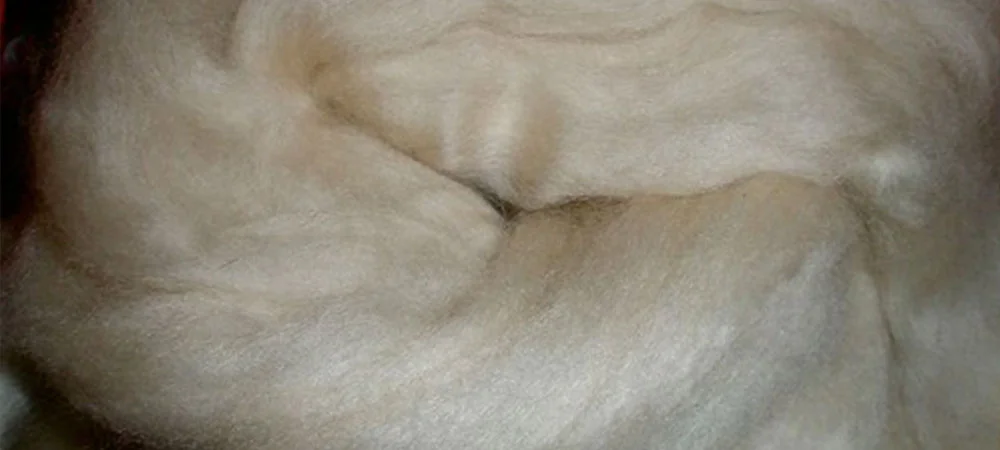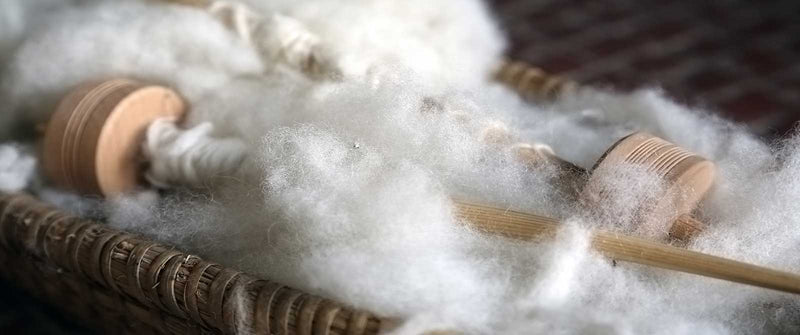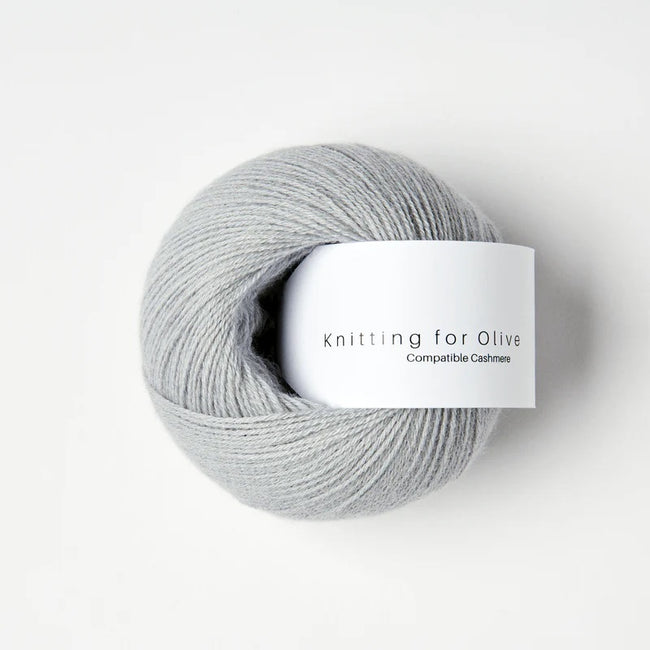How is cashmere Fibre Produced and Why Is It So In Demand?
Wiki Article
Comprehending the Various Types of Cashmere a Natural Fiber and Their Special Benefits

The Origins of Cashmere: A Historic Introduction
While the glamorous touch of cashmere proceeds to appeal contemporary customers, its origins trace back to the severe, cold environments of Mongolia and the Himalayas. For centuries, the aboriginal peoples of these regions have actually been elevating Capra Hircus goats, the prime resource of cashmere woollen. These goats, resilient against the severe winter seasons, expanded a great undercoat to endure, which later on became recognized as cashmere.

The Production Process: From Goat to Garment
Shearing a Capra Hircus goat marks the beginning of the complex cashmere production process. This fragile procedure generally takes place yearly throughout springtime. The fine, soft undercoat is then divided from the coarser external hair, a process called dehairing. The resultant raw cashmere is after that cleaned to get rid of pollutants such as grease, veggie, and dirt matter.The tidy fiber undergoes coloring, rotating, and weaving, or knitting, to change it into a textile. Facility treatments like quality assurance checks and finishing procedures comply with, ensuring the end item preserves the elegant standard expected of cashmere. This meticulous procedure, from goat to garment, warrants the high expense affixed to cashmere products, making them an icon of high-end and refinement.
The Numerous Sorts Of Cashmere: An Extensive Evaluation

The Unique Benefits of Cashmere: Convenience and Sustainability
Moving from the range of cashmere kinds to the advantages they supply, comfort and sustainability stand out plainly. Cashmere, a natural fiber, is renowned for its exceptional gentleness, offering a degree of convenience that artificial fibers can not match.When it pertains to sustainability, cashmere is eco-friendly and renewable, as it's gathered from cashmere goats that regrow their coats annually. what is cashmere. Unlike artificial fibers which can take hundreds of years to decompose, cashmere's effect on the setting is marginal. This mix of comfort and sustainability makes cashmere a helpful option for conscious consumers

Caring for Your Cashmere: Upkeep and Conservation Tips
While cashmere is most certainly a lasting and lavish selection, it requires certain treatment to keep its high quality and expand its lifespan. To begin, cashmere need to be hand cleaned making use of chilly water and a mild cleaning agent. Cashmere things must be kept in a dry and cool place, away from straight sunshine and wetness.
Buying Cashmere: Comprehending Its Value and Well Worth
Although cashmere might originally have a peek at this website feel like a pricey investment, its lasting value and worth ended up being obvious when you consider its remarkable high qualities. Understood for its exceptional gentleness and warmth, cashmere is a premium natural fiber that outshines various other products. Its high need and limited supply contribute to its high cost, but its durability guarantees it lasts for several years, offering excellent worth for money. Cashmere items are ageless, typically ending up being antiques read this article passed down with generations. what is cashmere. Furthermore, its natural insulating residential properties offer heat without the bulk of artificial fibers. Buying cashmere, for that reason, is not practically present style patterns, yet concerning embracing a sustainable, durable, and elegant way of life.Verdict
In recap, the type of cashmere one picks, be it Mongolian, Chinese, or Italian, is dictated by individual choices for warmth, budget plan, high-end, and sustainability. Recognizing the beginnings, manufacturing procedure, and distinct advantages of different types of cashmere can guide consumers in their investment in this extravagant natural fiber.Whether it's the phenomenal warmth of Mongolian cashmere, the cost of Chinese cashmere, or the eco-conscious manufacturing of Italian cashmere, there's a story to be uncovered behind each fiber kind. Cashmere, an all-natural fiber, is renowned for its unparalleled gentleness, providing a degree of convenience that artificial fibers can't match.When it comes to sustainability, cashmere is biodegradable and eco-friendly, as it's collected from cashmere goats that regrow their coats every year. Recognized for its unrivaled gentleness and heat, cashmere is a premium all-natural fiber that surpasses other materials. Understanding the beginnings, anonymous production process, and one-of-a-kind advantages of different types of cashmere can direct customers in their investment in this luxurious natural fiber.
Report this wiki page